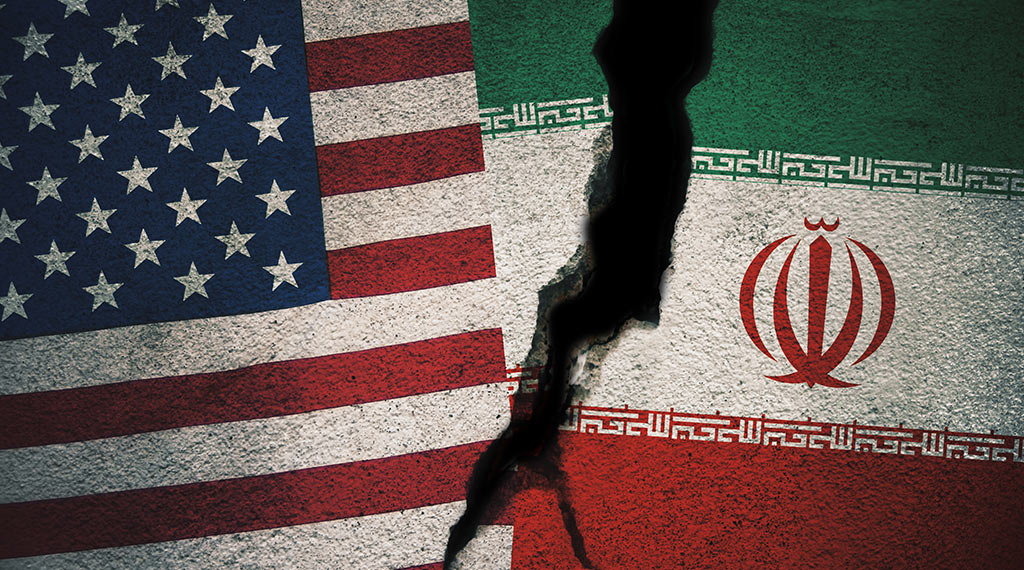
When it comes to a nation’s fate, sometimes the theory “the enemy of my enemy is my friend” is of little benefit.
We have seen it before in countries such as Iraq, where the US decided to support certain Islamist factions of the Iraqi opposition against the Saddam Hussein regime without considering the long-term consequences or possibility that these same opposition parties might turn against Washington.
And that is exactly what happened in Iraq after 2003, when the majority of Shiite Islamist parties that dominated the political arena turned out to be loyal to the Iranian regime, allowing it to operate on Iraqi soil through well-funded and trained militias directed by the Islamic Revolutionary Guards Corps to launch attacks against US-led coalition troops in addition to kidnapping and assassinating Iraqis who opposed Tehran’s interference.
Regarding Iran, the US is looking at an exiled opposition group, the Mujahideen-e Khalq (MEK), as the best alternative to the republic’s current rogue regime.
What is this organization, and is it wise supporting a Marxist-Islamic group in order to replace another Islamic group?
In 1997, the US listed the MEK as a foreign terrorist organization (FTO) over the killing of several American citizens in the 1970s. Then, in September 2012, the US State Department removed the group from its FTO list — a surprise move since the organization was known for targeting US personnel and interests in Iran.
In protest at the 1972 visit of the late US President Richard Nixon to Iran, the MEK set off bombs in Tehran at the US Information Service office, the Iran-American Society and the offices of several US companies. Similar attacks were carried out by the organization throughout the decade.
“Though denied by the MEK, analysis based on eyewitness accounts and MEK documents demonstrates that MEK members participated in and supported the 1979 takeover of the US Embassy in Tehran and that the MEK later argued against the early release the American hostages. The MEK also provided personnel to guard and defend the site of the US Embassy in Tehran, following the takeover of the embassy,” a statement by the US State Department read.
The MEK supported the leader of the 1979 Iranian revolution, Ayatollah Khomeini, and played a part in overthrowing the last shah, Mohammad Reza Pahlavi, but turned against the new government after its leader, Massoud Rajavi, was banned from participating in Iran’s first presidential election.
The organization had strong ties to Saddam Hussein and his brutal regime in Iraq, where they took refuge and moved their base to a camp near the Iranian border in 1986 during the war between the two countries.
Click HERE to read more.
- Mamdani’s Mayoral Bid Reflects Rising Alliance Between America’s Democratic Socialists and Radical Political Islam - August 18, 2025
- Jordan arrests a wake-up call to Muslim Brotherhood threat - April 21, 2025
- Giving Muslim Extremists a Pass Is Reflected in Canada’s New Guide to ‘Islamophobia’ - March 27, 2025
